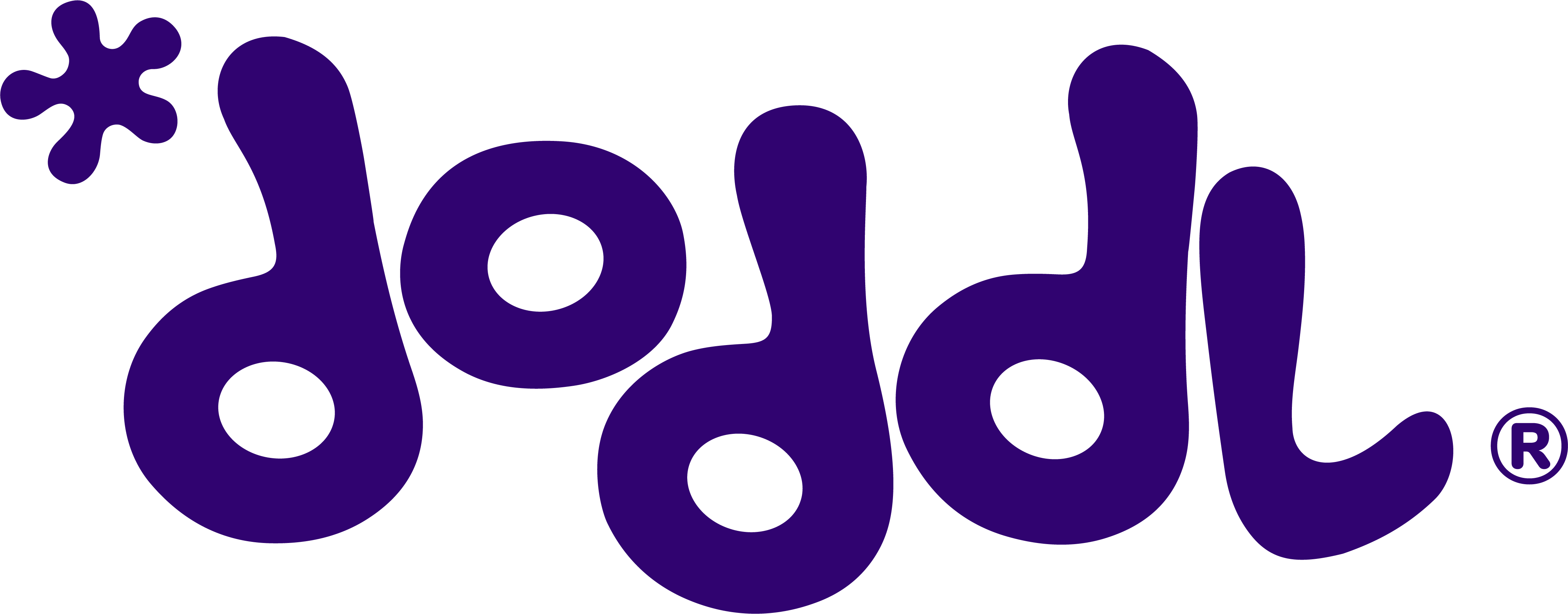As a parent, you want the best for your little one, and that includes providing them with the nutrients they need to support their rapid growth and development. But with so much information out there, it can be overwhelming to know where to start. That's why we've put together this comprehensive guide to toddler portion sizes, covering everything you need to know to feel confident in nourishing your growing child.
In this blog, we'll explore:
- The importance of appropriate portion sizes for toddlers
- Recommended serving sizes for each food group
- Tips for adjusting portions based on your child's unique needs
- Strategies for encouraging healthy eating habits
- When to seek professional guidance
So, whether you're a first-time parent or a seasoned pro, join us as we dive into the world of toddler nutrition and discover how you can help your little one thrive!
Understanding toddler nutrition needs

As your little one transitions from baby to toddler, their nutritional needs evolve to support their rapid growth and development. It's an exciting time filled with new tastes, textures, and experiences! Providing a balanced diet with a variety of nutrient-dense foods in appropriate portion sizes is key to helping your toddler thrive.
Why are portion sizes important for toddlers?
Portion sizes play a crucial role in your toddler's overall health and well-being. They ensure your child gets the right amount of nutrients without over or under-eating, helping to establish healthy eating habits that can last a lifetime. Plus, proper portion control can help prevent childhood obesity and related health issues down the road.
- Ensures your child gets the right amount of nutrients
- Helps establish healthy eating habits
- Can prevent childhood obesity and related health issues
Recommended portion sizes explained

Every child is unique, but there are general guidelines for toddler portion sizes based on age and nutritional requirements. Here's a breakdown of suggested serving sizes for the main food groups, so you can feel confident in nourishing your little one:
Fruits and vegetables
Fruits and veggies are like nature's candy – colourful, delicious, and packed with essential vitamins and minerals. Aim for a rainbow on your toddler's plate to provide a wide array of nutrients. A portion is about the size of your toddler's palm.
- 1/4 to 1/2 cup of cooked or raw veggies
- 1/4 to 1/2 cup of cut-up fruit
- 1/4 cup of dried fruit
Make fruits and veggies fun:
Get creative and make eating fruits and veggies an adventure! Try making colourful fruit kabobs, serving tasty dips like hummus or yogurt for dunking, or blending them into smoothies for a refreshing treat.
Grains
Whole grains are the way to go for added fibre and nutrients. One toddler-sized portion equals:
- 1/4 to 1/2 slice of bread
- 1/4 to 1/2 cup of cooked pasta, rice, or cereal
- 2-3 small crackers
Incorporate grains in creative ways:
Make mealtime fun by using cookie cutters to create playful sandwich shapes, mixing cooked grains with veggies and proteins for a balanced meal, or offering whole grain crackers with cheese or nut butter for a satisfying snack.
Proteins
Protein is the building block for your toddler's growing muscles. Appropriate portion sizes include:
- 28-56g of meat, poultry, or fish (about the size of your child's palm)
- 1/4 cup of cooked beans or lentils
- 1 egg (be creative with it! See our fun egg recipe)
Keep protein interesting:
Mix things up by cutting meats into bite-sized pieces, shredding chicken or turkey into pasta or rice dishes, or offering bean dips or spreads with veggies or crackers. Your little one will love the variety!
Dairy products
Dairy is a fantastic source of calcium and vitamin D for strong bones and teeth. One portion equals:
- 1/2 cup of milk or yogurt
- 28g of cheese (about the size of your thumb) - why not bake it into a cheese muffin?
Make dairy delightful:
Get creative with dairy by blending yogurt with fruit for a healthy smoothie, offering cheese cubes as a snack or in sandwiches, or making mini pizzas with melted cheese on whole grain English muffins. Yum!
Adjusting portion sizes based on growth and activity
As your toddler grows and becomes more active, their appetite may fluctuate. It's essential to tune into their hunger and fullness cues to adjust portion sizes accordingly. If your child consistently finishes their meals and still seems hungry, or if they're experiencing a growth spurt (usually around 18 months and 2 years old), they may need larger portions. On the other hand, if they're becoming more physically active, they might need more frequent, smaller meals throughout the day.
Signs your toddler may need larger portions:
- Consistently finishing their meals and still seeming hungry
- Experiencing a growth spurt
- Becoming more physically active
Recognising hunger and fullness cues

Teaching your toddler to listen to their body's signals is a gift that will help them establish a healthy relationship with food.
Hunger cues:
Look for signs that your little one is ready to eat, like:
- Asking for food or pointing to the kitchen
- Getting fussy or irritable
- Putting hands in their mouth
Fullness cues:
On the flip side, watch for these signs that your toddler has had enough:
- Pushing food away
- Turning their head away from the spoon
- Saying "no" or "all done"
- Playing with their food instead of eating
Encouraging your child to tune into these natural signals will help them develop a healthy relationship with food that can last a lifetime.
Common portion size mistakes to avoid
It's easy to fall into common traps when it comes to serving sizes, but don't worry – we've got your back! Watch out for these pitfalls:
- Offering adult-sized portions: Toddler tummies are tiny, so use smaller plates and utensils to keep servings toddler-friendly.
- Forcing your child to clean their plate: Trust your little one to know when they're full, and allow them to stop eating when they feel satisfied.
- Relying too heavily on processed snacks: While convenient, shop-bought snacks often lack the nutrients your toddler needs. Choose nutrient-dense options like fruits, veggies, and whole grains instead.
By avoiding these common mistakes, you'll be well on your way to helping your toddler develop a healthy relationship with food.
Creative ways to serve appropriate portions

Mealtime should be fun and engaging for both you and your toddler! Try these clever ideas to make eating an enjoyable experience:
- Cut foods into playful shapes using a child-safe knife – your little one will love helping to cut up their own meals!
- Let your toddler help with age-appropriate food prep tasks, like washing fruits and veggies or stirring batter. They'll be more excited to eat something they helped create.
- Make faces or pictures on their toddler plate using different foods – a smiley face made from cherry tomatoes and cucumber slices is sure to bring a smile to your toddler's face.
With a little creativity, you can make mealtime a fun and educational experience for your growing toddler.
When to seek professional guidance
While it's normal for toddlers to be picky eaters at times, if you're concerned about your child's eating habits or growth, don't hesitate to reach out to your paediatrician or a registered dietitian. These professionals can provide personalised advice and rule out any underlying health issues.
Some reasons to consult a professional include:
- Consistent refusal of certain food groups
- Suspected food allergies or intolerances
- Extreme picky eating that limits variety
- Poor weight gain or growth
Remember, you know your child best. If something doesn't feel right, trust your instincts and seek guidance from your GP.
Nurturing Your Toddler's Growth, One Bite at a Time
Feeding your toddler balanced meals in appropriate portion sizes is an important part of helping them grow and thrive. So, have fun experimenting with new flavours and textures, and enjoy this exciting stage of your toddler's development!
To make mealtime even more enjoyable and stress-free, check out doddl's toddler feeding range. With a toolkit of feeding essentials, you'll have everything you need to nurture your toddler's growth and development, one bite at a time!




Hinterlasse einen Kommentar
Diese Website ist durch hCaptcha geschützt und es gelten die allgemeinen Geschäftsbedingungen und Datenschutzbestimmungen von hCaptcha.